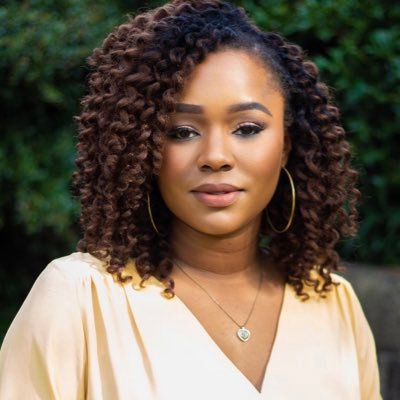
Millions of cosmetic tubes, jars, caps, wands and other hard-to-recycle packaging materials are sent to landfills each year. Not only do our personal care packaging disposal habits wreak havoc on our waste streams, they also ask us to consider: To what extent of environmental costs are we willing to pay in order to maintain our beauty routines?
The onus doesn’t simply fall on the consumer to re-think the way we toss our toiletries. Mass-market brands like LUSH Cosmetics, Cargo Cosmetics and Aveda that have concentrated their efforts on producing smarter and easy-to-recycle lines have demonstratively served both people and planet with their business models.
“Sustainability in the beauty sector is not new given the efforts of brands such as Aveda CPR, Unilever compressed deodorant can, and Cargo now discontinued PlantLove lipstick eco-friendly formula with biodegradable packaging,” explains Tina-Gaye Bernard, cosmetics industry marketing consultant, founder of Cocoa Chic Beauty and former director of marketing for brands such as L’Oreal, Sue Devitt Beauty and Clinque. “Cosmetic industry manufacturers will continue to pursue cost and earth efficient improvements.”
In 2011, Garnier partnered with free waste collection programs TerraCyle to divert a significant portion of its packaging waste from landfills. Through the partnership, Garnier works with Terracycle to allow salons and individuals to recycle their packaging through the Personal Care and Beauty Brigade program — a free recycling program for hair care, skin care, and cosmetic product packaging, as well as a fundraising opportunity for participants. To date, the program has collected over 4 billion units of packaging waste and has raised over $82,000 dollars for charities.
But what if there was another way that cosmetics companies could marry both quality packaging with earth-friendly principles?
When entrepreneur Anita Redd, who faced a challenge when the packaging for her natural skin care products--Anita’s Balm, was discontinued by her supplier, she found cohesive solace between her all-natural lip balm line and a biodegradable jar she crafted with a 3-D printer. The bump in her proverbial road turned out to be just the challenge she needed to re-think her mission of marketing high-quality, natural products with guilt-free packaging.
Her custom designed and printed jars are now patent pending.
Predictions in innovation
If a small business owner has the power to merge technological innovation with sustainable business practices, what is the call then to cosmetics giants like L’Oreal and Estee Lauder with deep budgets and talent capacity to pursue packaging innovation on a large scale?
According to Bernard, 3-D printing as a primary packaging option is viable: “More progressive adoption is contingent upon considerations such as formula stability, shelf life, and branding. It's not just the bottom line, product integrity and consumer experience are also critical measures that can't be compromised, particularly for mature brands with iconic favorites.”
Despite having been around since the 1980s, 3-D printed packaging, an industry expected to reach $3.1 billion worldwide by 2016, is just now hitting the masses -- showing up in a variety of retail locations including Amazon.com for as little as $300 for a personal home printer.
Widespread availability (and affordability for that matter) of printers has supercharged experimentation -- re-shaping and redefining design and prototyping in the process. Designers have since fashioned shoe collections; BMW now prints augmented thumbs to ease plant worker discomfort; and even the medical industry is experimenting with bioprinting of human organs.
Though experts predict that there will be no need to replace an entire industry with 3-D printers, the device alone presents several opportunities that could dramatically shift the way the cosmetics industry designs and manufactures products.
“Where the real development lies is in the development process for cosmetics containers. We can design and then produce models quickly and easily, stretching the design possibilities to new limits,” said Antoinette van den Berg, founder and head of Amsterdam-based design studio Future-Touch, in CosmeticsDesign.com. She goes on to submit that ecologically sounds practices in 3-D printing can also become inherent brand components. “Not only does this process cut down on the logistical elements involved in manufacturing several separate packaging components, it also allows us to work freely with eco-friendly materials such as bio plastics.”
Potential advantages could also include increased local sourcing of products and early entry for entrepreneurs with limited budgets.
Dramatically pivoting the cosmetics industry from traditional manufacturing practices to 3-D printing might still be too premature for the market. In this case, considering the possibilities is the first step towards technological exploration, adoption and waste reduction.
Sherrell Dorsey is a social impact branding and communications strategist, social entrepreneur and advocate for environmental, social and economic equity in underserved communities. Visit Sherrell at www.sherrelldosey.com and follow her on Twitter and Instagram @sherrell_dorsey.

Sherrell Dorsey is a social impact storyteller, social entrepreneur and advocate for environmental, social and economic equity in underserved communities. Sherrell speaks and writes frequently on the topics of sustainability, technology, and digital inclusion.














